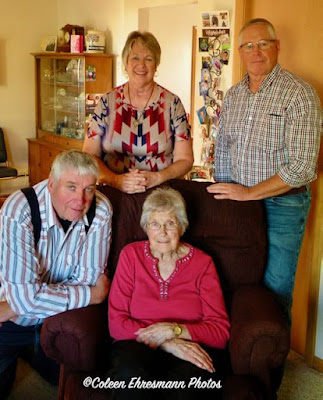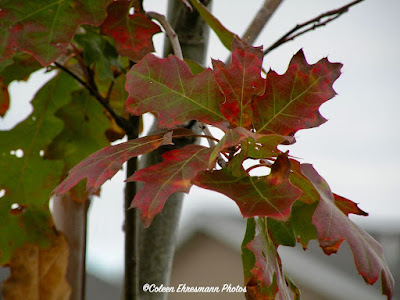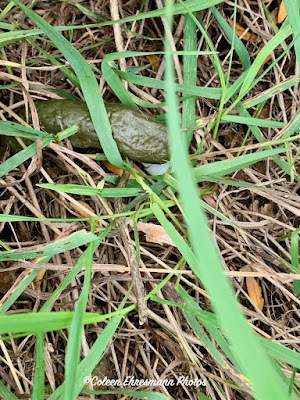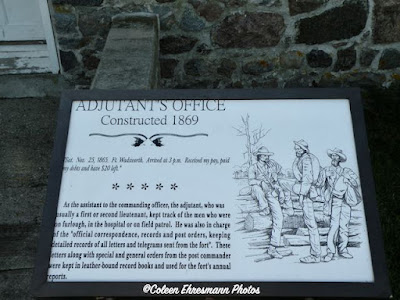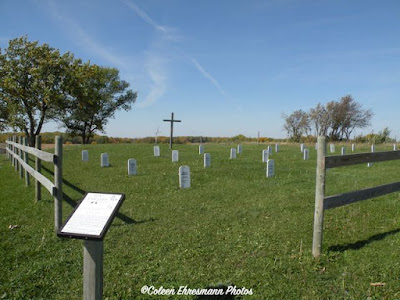Last weekend I traveled to see family for a very special occasion: My aunt celebrated her 100th birthday.
We are retired educators enjoying the next phase in our lives. Traveling, geocaching and time with family and friends are how we spend our retirement days. We are enjoying the adventures of life after our working years.
Monday, October 25, 2021
100 Birthdays
Sunday, October 17, 2021
Time with the Grands
The grandkids had a couple of no school days recently, so we snagged them for some geocaching and an overnight stay.
Friday, October 15, 2021
Autumn Geocaching
We have been out and about in our part of the state doing some geocaching and enjoying the signs of another season, reminding us it is time to head south.
Remember: you can click on the photo to get a larger readable version.
We stopped at this marsh to get our needed weekend earth cache for a special virtual souvenir. We needed to pH test a sample of the water.
Saturday, October 9, 2021
Fort Sisseton 1864-1889
On our way home from our North Dakota geocaching adventure, we also stopped at Fort Sisseton, also because of geocaching. I have been to the fort with school kids, to attend a play or maybe a melodrama, and once or twice just to visit. It always intrigues me.
Named after the nearby Sisseton Indian Tribe, this historic fort is now a picturesque state park that unfolds the area's past. Walk the grounds where the officers' quarters, stone barracks, powder magazine, guard house, and other buildings that remain from the time of the western frontier.
This 1864 fort, atop the Coteau des Prairies (or hills of the prairies), was originally a frontier army outpost called Fort Wadsworth. The site was chosen because it provided a strong natural defense, an ample supply of lime and clay for making bricks, an abundance of lake water for drinking and a thick stand of trees for timber and fuel.
I have not known much about the history of the buildings as I have only entered one or two of them. But I found a most interesting story about the history of the fort after it was abandoned by the US army. Take the time to read The Fort Sisseton Kid.
Yes, there was some rebuilding through the WPA program, but the most interesting part is from the 1930s to 1959 when it became a state park.
At the height of activity the fort housed 150 to 200 infantry men assigned to protect the settlers and miners traveling through the area.
The fort was surrounded by lakes on 3 sides. There is a bit of water showing behind the sign of the first photo and a bit of water below the cemetery hill and some along the south side. Certainly not as much water today as there was in 1864.



